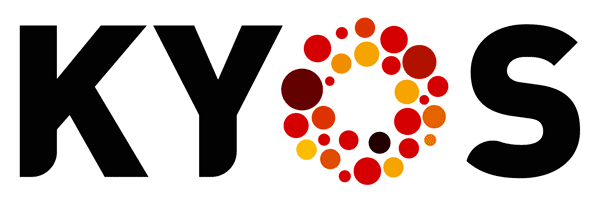White paper: How to effectively hedge the value of a power station
White paper on power plant hedging
How to effectively hedge the value of a power station: a backtest
 Operators of power stations try to maximize the income from their assets. This requires not only a combination of dispatch optimization in the spot markets, but also prudent hedging in the forward markets. Power plant valuation models aim to predict the total value that a company can make in a future time period. Valuation models based on the real option approach are able to clarify not only how much value you can currently lock in (the intrinsic value), but also the value that you can generate additionally (the extrinsic value).
Operators of power stations try to maximize the income from their assets. This requires not only a combination of dispatch optimization in the spot markets, but also prudent hedging in the forward markets. Power plant valuation models aim to predict the total value that a company can make in a future time period. Valuation models based on the real option approach are able to clarify not only how much value you can currently lock in (the intrinsic value), but also the value that you can generate additionally (the extrinsic value).
Important questions for investment analysis and trading decisions are:
• First of all: are the values from a power plant valuation model realistic?
• What trading strategy should you employ to generate the extra income with greater certainty?
• And equally important: If you applied this trading strategy in the past, would you have realized the predicted value?
This paper answers these questions by following a delta hedging trading strategy over 2012. It take a gas-fired power station in the German market as the example.
Power plant hedging software
This paper applies the methodologies that are implemented in KyPlant software. Use KyPlant for pricing, risk managing and optimizing power plants. For more information about KyPlant or power plant hedging, click here.
Download the complete article
Click here to download
